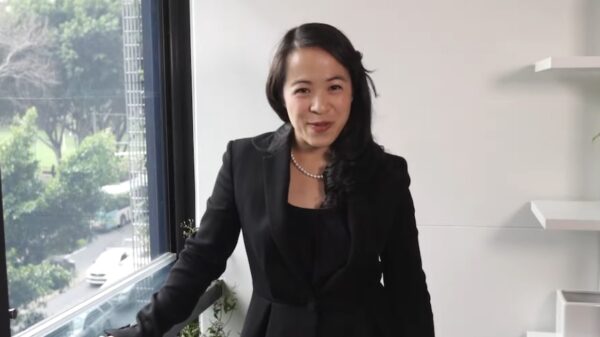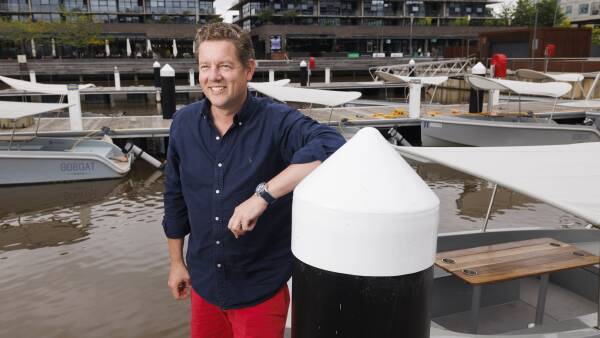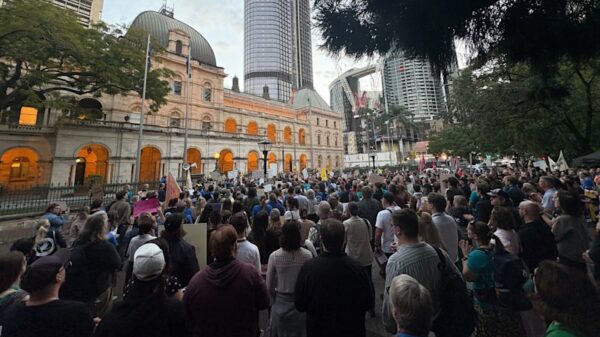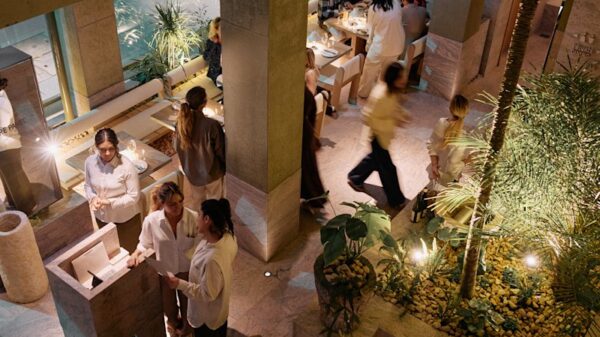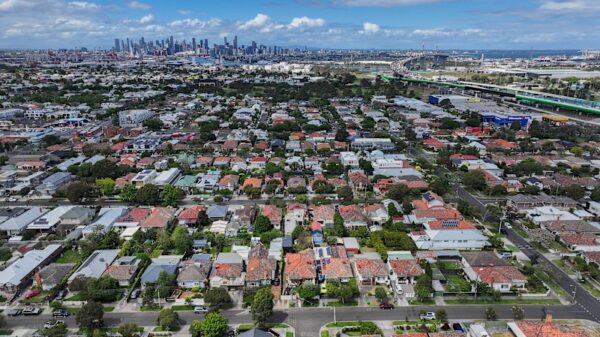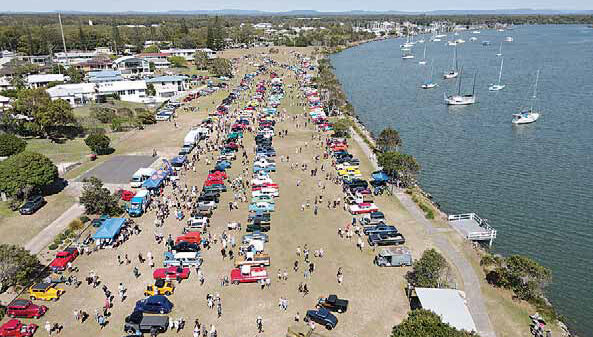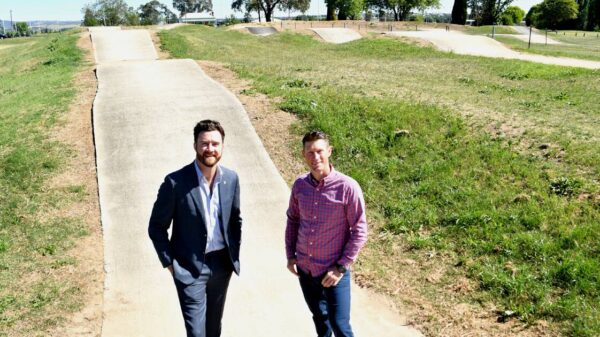UPDATE: New South Wales (NSW) has just announced significant reforms allowing owners of the state’s grand heritage homes to install solar panels without formal approval. This urgent change is set to ease the process of upgrading and maintaining aging heritage-listed properties across the state.
Effective immediately, the reforms expand the list of activities permissible without the Heritage Council’s permission, allowing essential maintenance and sustainability measures to proceed. This move aims to alleviate ongoing tensions between property owners and authorities regarding solar installations, particularly in culturally significant locations like The Convent in Murrumburrah, where owners have already installed solar panels.
Penny Sharpe, NSW’s Environment and Heritage Minister, emphasized that these changes are vital for protecting heritage assets while promoting modern energy-saving solutions. “State heritage-listed buildings are not all museum pieces,” Sharpe remarked, highlighting the need for balance between preservation and modernization.
The reforms apply to an estimated 1,810 sites on the State Heritage Register, with 868 properties being government-owned. This initiative comes in response to the deteriorating conditions of several heritage buildings, including the historic Paragon Cafe in Katoomba and Cleveland House in Surry Hills, which have become symbols of the conflict between progress and preservation.
As the state government moves forward with these changes, property owners can now undertake necessary upgrades without the bureaucratic hurdles that previously delayed critical improvements. This development not only protects the integrity of heritage sites but also enables owners to contribute to environmental sustainability by incorporating renewable energy solutions.
Looking ahead, the impact of these reforms will be closely monitored as more heritage homeowners are expected to adopt solar energy solutions. The immediate relevance of this policy shift cannot be overstated, as it aligns with global trends toward sustainability while respecting historical significance.
Stay tuned for further updates on this developing story, as the conversation around heritage, modernization, and sustainability continues to evolve in NSW.








